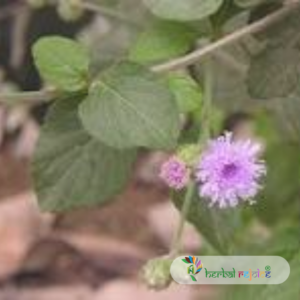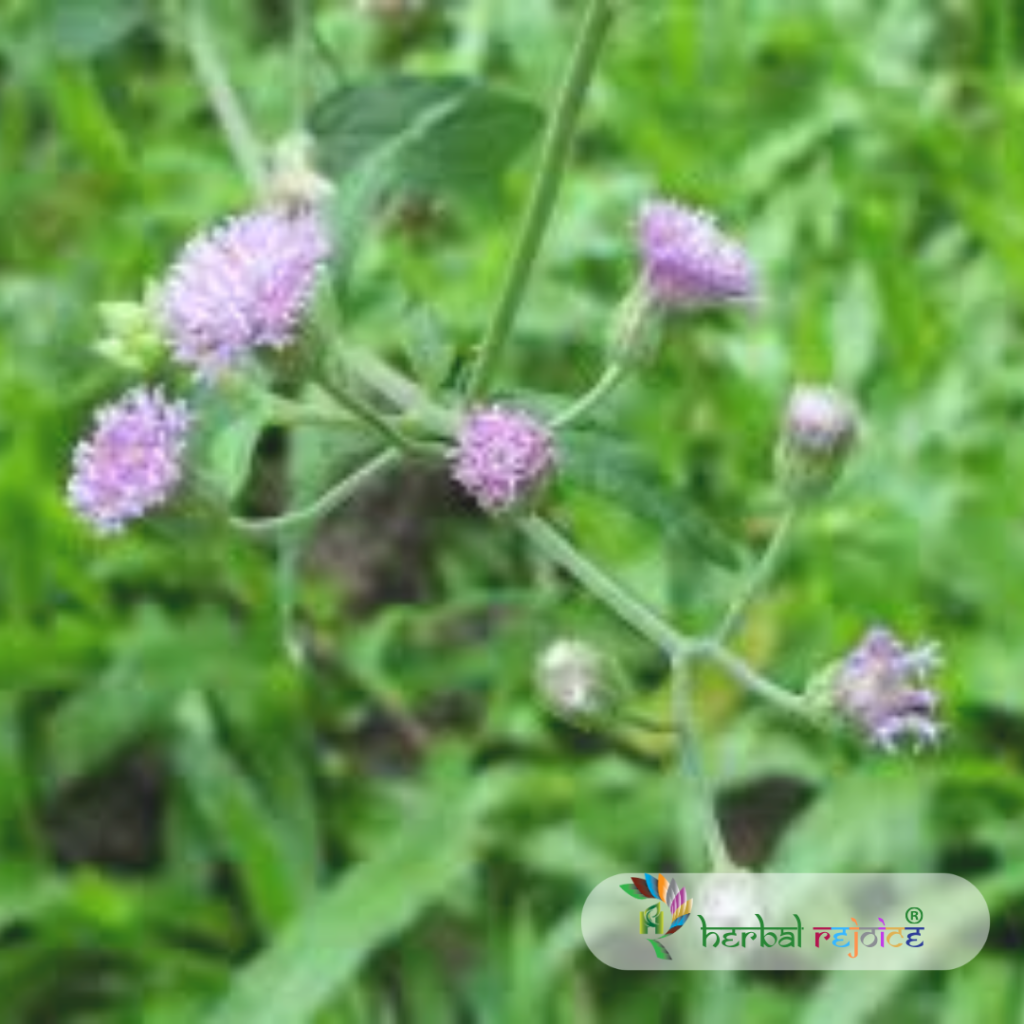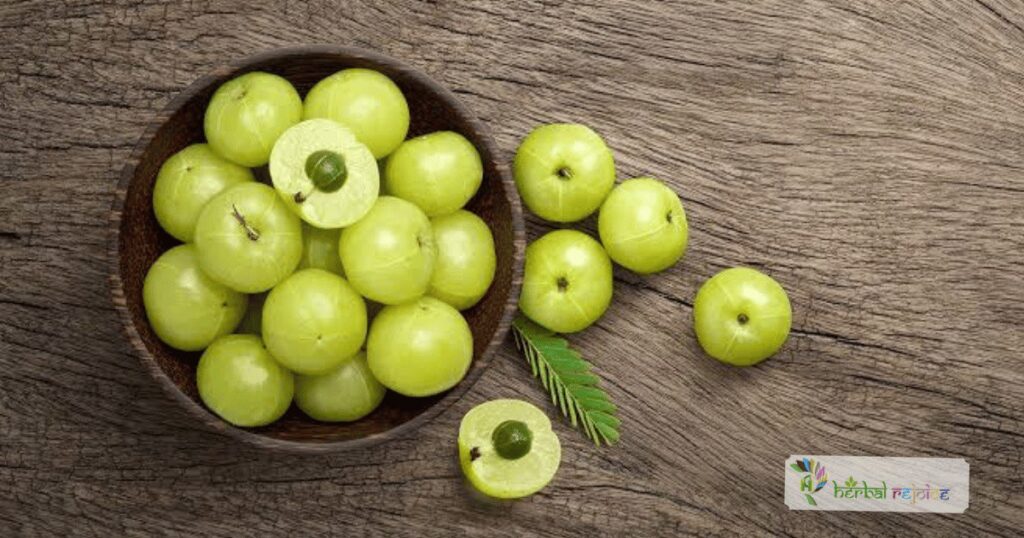Introduction
Vernonia patula Merrill, also known as V. chinensis Less., is a plant that belongs to the Compositae family, known as Asteraceae. This medicinal plant can be found in the Aka hills of Arunachal Pradesh, where it is often considered as a weed due to its invasive nature. However, this plant has extensive medicinal properties that have been traditionally used by the locals for various ailments.
Medicinal Properties
One of the main actions of Vernonia patula Merrill is its effectiveness in treating colds and fevers. The leaves and roots of this plant are commonly used to prepare a decoction, which is consumed to alleviate these symptoms. The decoction is made by boiling the leaves and roots in water, extracting the beneficial compounds that possess antipyretic and antibacterial properties. By consuming this decoction, individuals can experience relief from the discomfort caused by colds and fevers.

Moreover, the young plants of Vernonia patula Merrill have been found to be effective in treating convulsions in children. In traditional medicine, the young plants are used specifically for this purpose. It is believed that the plant contains compounds that have anticonvulsant properties, helping to reduce the frequency and severity of convulsions. The exact mechanisms of action are still being researched, but the traditional use of this plant for convulsions has been promising.
Anti-inflammatory property
In addition to its medicinal uses, Vernonia patula Merrill also has potential in various other applications. Studies have shown that this plant possesses antioxidant and anti-inflammatory properties, making it a valuable addition to the field of natural medicine. These properties provide protection against oxidative stress and inflammation, which are underlying factors in many chronic diseases. Furthermore, the plant has also demonstrated antimicrobial activity, inhibiting the growth of certain bacteria and fungi.
The growing interest in natural remedies and alternative medicine has shed light on the potential benefits of medicinal plants like Vernonia patula Merrill. Researchers are carrying out further studies to explore the various bioactive compounds present in this plant and their potential applications in modern medicine. This research aims to harness the full medicinal potential of Vernonia patula Merrill and develop standardized herbal preparations for easy and safe administration.
Conclusion
In conclusion, Vernonia patula Merrill (V. chinensis Less.) is a valuable medicinal plant found in the Aka hills of Arunachal Pradesh. Although considered a weed, this plant has been traditionally used for its medicinal properties. The leaves and roots are used to prepare a decoction for treating colds and fevers, while the young plants are used for convulsions in children. Further research is being conducted to explore its other potential applications, such as antioxidant, anti-inflammatory, and antimicrobial activities. With ongoing studies, Vernonia patula Merrill has the potential to become a valuable natural remedy in modern medicine.
Frequently Asked Questions
What is Vernonia patula scientifically known as?
Vernonia patula is scientifically known as Vernonia patula Merrill and is also referred to as V. chinensis Less.
To which family does Vernonia patula belong?
It belongs to the Compositae family, also known as Asteraceae.
Where can Vernonia patula be found?
This plant can be found in the Aka hills of Arunachal Pradesh, India.
Why is Vernonia patula often considered a weed?
It is often considered a weed due to its invasive nature in the regions where it grows.
What medicinal properties does Vernonia patula have?
Vernonia patula is known for its effectiveness in treating colds and fevers, anticonvulsant properties for treating convulsions in children, as well as antioxidant, anti-inflammatory, and antimicrobial activities.
How is Vernonia patula used to treat colds and fevers?
The leaves and roots of Vernonia patula are used to prepare a decoction by boiling them in water, which extracts beneficial compounds that possess antipyretic and antibacterial properties.
What are the traditional uses of young Vernonia patula plants?
The young plants are traditionally used to treat convulsions in children, believed to contain compounds with anticonvulsant properties.
What scientific evidence supports the medicinal uses of Vernonia patula?
Studies have shown that Vernonia patula has antioxidant and anti-inflammatory properties, and it demonstrates antimicrobial activity against certain bacteria and fungi.
What ongoing research is being conducted on Vernonia patula?
Researchers are investigating the bioactive compounds present in Vernonia patula and their potential applications in modern medicine, aiming to develop standardized herbal preparations.


